As an organisation, Peli Products is dedicated to providing protection. Usually this protection comes in the form of one of our various protective cases such as the Protector and Air cases, as well as some of our more technical case types like our Rack Mount cases. However, what is perhaps less known is that Peli’s commitment to protection goes beyond cases to include flashlights, also known as torches.
Although Peli may be less known for its line of torches, the company has proudly protected law enforcement departments with the on-job gear they need for over 40 years. This largely includes a specialised type of torch known as a tactical torch. In fact, Peli’s line of tactical torches helps protect some of the largest police and law enforcement departments in the world. We’ve even partnered with the City of Los Angeles Police Department (LAPD) to develop the Peli 7060 LED, which is now the standard issue tactical and patrol torch for all of the LAPD's with more than 10,000 officers.
So, although you may think of Peli as synonymous with protective cases, it’s safe to say that we know quite a lot about torches, as well. Although torches may seem fairly straight forward, there are many different kinds for different applications. The tactical torch being one of those types.
Even though tactical torches were designed for professionals in the law enforcement and military sectors, they also make great everyday torches to carry or keep around the house. Therefore, in this post, we’ll attempt to define what exactly makes a flashlight tactical, explaining some of the more common characteristics of these flashlights, as well as why you may need one.
What is a tactical flashlight?
According to Wikipedia, “A tactical flashlight is a flashlight used in conjunction with a firearm to aid low-light target identification, allowing the marksman, law enforcement officer or soldier to simultaneously aim a weapon and illuminate the target.”
As is implied in the definition, these flashlights are designed for professional use by law enforcement officers, military personnel, and security officers. Often, they are used alongside a firearm. Sometimes these lights can also be mounted to a weapon with a sighting laser attached, just like you see in many Hollywood films. However, contrary to the definition from Wikipedia above, these tactical lights don’t necessarily have to be used in conjunction with a weapon for the light to be considered tactical. So, let’s get into the characteristics of what exactly makes a flashlight tactical.
What makes a flashlight tactical? - Characteristics of a tactical light
So, what’s the difference between a tactical flashlight and your run-of-the-mill everyday carry flashlight? Firstly, it’s important to understand that in the past, tactical flashlights weren’t much different from a standard flashlight except that they were bigger and bulkier. They were carried by law enforcement professionals and because of their larger and heavier nature, they could be a hassle for the user. However, over the years, with the advent of LED technology and rechargeable longer-lasting batteries, tactical flashlights have evolved to become smaller, lighter, brighter and tougher. Let’s take a closer look at what tactical flashlights look like today:
1. Powerful: Brightness
The first and most important characteristic of a tactical flashlight is powerful brightness. Tactical flashlights are designed for law enforcement professionals and thus must be bright enough to disrupt the vision of another person so that they have to turn their head or shield eyes. In more extreme cases, a law enforcement officer could momentarily blind and disorient a would-be attacker for self-defence. These flashlights are more that capable of doing that because of their brightness.
Additionally, when used in conjunction with a weapon, they are ideal for illuminating a target under the cover of night or in other dark scenarios, as we’ve already discussed.
What are lumens?
The brightness of lights is usually measured in lumens. Lumens are a measure of the total amount of visible light to the human eye from a lamp or light source. This means that generally speaking the more lumens, the brighter the flashlight. Anything above 100 lumens will usually do the job, but many if not most tactical flashlights these days are approaching or exceeding the 1000 lumen level, meaning they’re extremely bright.
2. User-FriendlY OperatioN
A tactical flashlight needs to be able to be easily found and deployed by the user. Part of what facilitates that is the tail cap switch and a lightweight design.
Tactical Tail Cap
The tactical torch will often be equipped with a tail cap button used to switch the light on and off. The reason that a tactical flashlight usually employs a tail cap power switch is that it is easy to find the light and operate it. You’ll know exactly where to orient the light and where to turn it on because it is easy to identify the two ends of the flashlight in a moment’s notice.
This aspect is imperative in high stress situations, while in the dark, in which you must find and operate your flashlight as soon as possible.
A switch on the shaft of the flashlight is more characteristic of a standard flashlight. It’s easy to fumble around with it in the dark looking for the side of the torch with the power button.
The tail cap switch is also ideal for use in conjunction with a weapon. There are various techniques to using a tactical flashlight, many of which rely on the power switch being on the tail. We'll discuss the various techniques for using a tactical flashlight in a future post.
Lightweight Design
The aforementioned old school big bulky tactical flashlight used to be synonymous with law enforcement; however, modern tactical lights are generally speaking smaller and lighter weight. This is because they should be able to be operated one-handed and in conjunction with a weapon. Usually it will be small enough to be carried in a pocket or a belt holster.
That’s not to say that larger tactical lights don’t still have a place. In fact, the previously mentioned Peli 7060 light is on the larger side, but is a very popular light used by the LAPD. Also, many European police departments are very fond of the Peli 8060 tactical light. That said, tactical flashlights these days are generally smaller and lighter weight, which is the case when it comes to the majority of Peli’s tactical light selection.
3. Versatility: Modes/Brightness Settings
The tactical flashlight should have a momentary-on option and a constant-on option. Momentary-on means that the user should be able to depress the button slightly to turn it on, but then let go to turn it off. The constant-on option, as you might imagine, is when the tail cap switch is depressed completely until there is a click and it stays on once released. It should have both of these.
It should also have various brightness settings. Usually there will be three brightness settings: low, medium and high. In addition, there is often an option for a strobe or staggered pulse light setting included.
The strobe is another setting that can be used to disorient an assailant. The rapid on and off of the light causes a person or object on the move to appear in and out of sync and it can take the brain a while to adjust to that. This is also known as the Bucha effect or flicker vertigo. Thus, this gives the light user time to take an action and subdue the assailant. In any case, all these settings should be able to be easily cycled through by tapping the tail cap button continuously.
4. Reliability: Long run-time and rechargeable batteries
As a tactical flashlight is designed for use by law enforcement, it should therefore be able to make it through a long 12-hour shift or longer without going out of battery. If it does run out of battery, it should be able to be recharged. Thus, a long run-time and an option to recharge is paramount.
5. Robust & Durable: Hard Casing, Waterproof & Shockproof
A tactical flashlight should be robust and durable. As was mentioned quite a few times previously, these flashlights are designed for professional use and thus must be able to stand up to the rigors of harsh conditions in the field. These flashlights can take a beating, whether it be from inclement weather or just general everyday use on the job. Thus, they should be both waterproof and shockproof.
As was stated earlier in this piece, tactical flashlights used to be designated essentially as a secondary mode of protection for law enforcement officers. Although the tactical flashlights are generally smaller these days, they must still be able to be used for self-defense should the situation arise. Thus, these flashlights usually have an end that is harder and normally has a distinctive serrated edge that is ideal for striking and doing some damage in the process. Not that we advocate for violence here at Peli, but it’s just a reality of the job that professionals in law enforcement, military and security undertake on a daily basis. Sometimes threats need to be neutralized by any means necessary. And tactical torches are ideal for those situations.
Conclusion: Tactical Lights are not your run-of-the-mill torch
So, after all that has been said, it’s probably safe to say that you now have a better understanding of what exactly a tactical flashlight is. Additionally, it’s pretty obvious that a tactical flashlight is not your run-of-the-mill flashlight. Nevertheless, these flashlights are of the highest quality, and although they are designed for professional use, they are also ideal for the everyday carry or to keep around the house.
We’ll get into the various uses of these tactical flashlights in a future post in this series on tactical lights. In the meantime, if you’re interested in seeing our full catalogue of Peli Tactical Torches, have a look here.




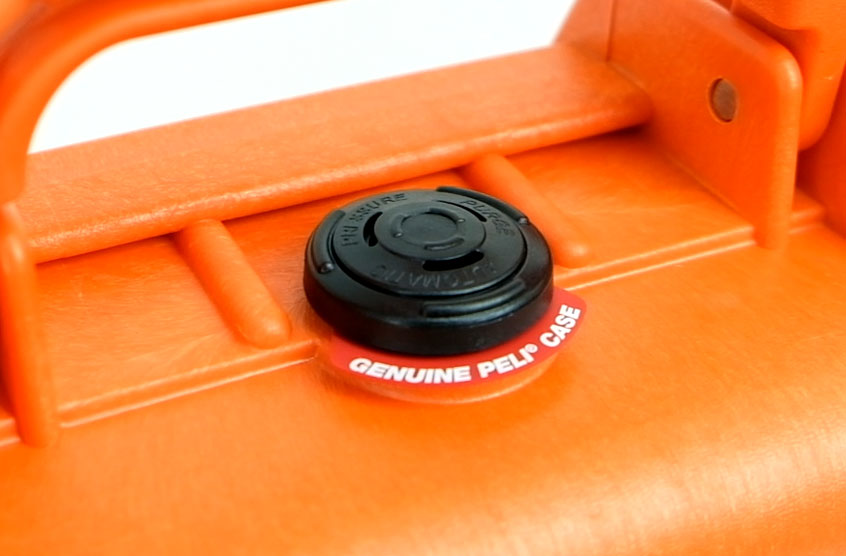
.png)

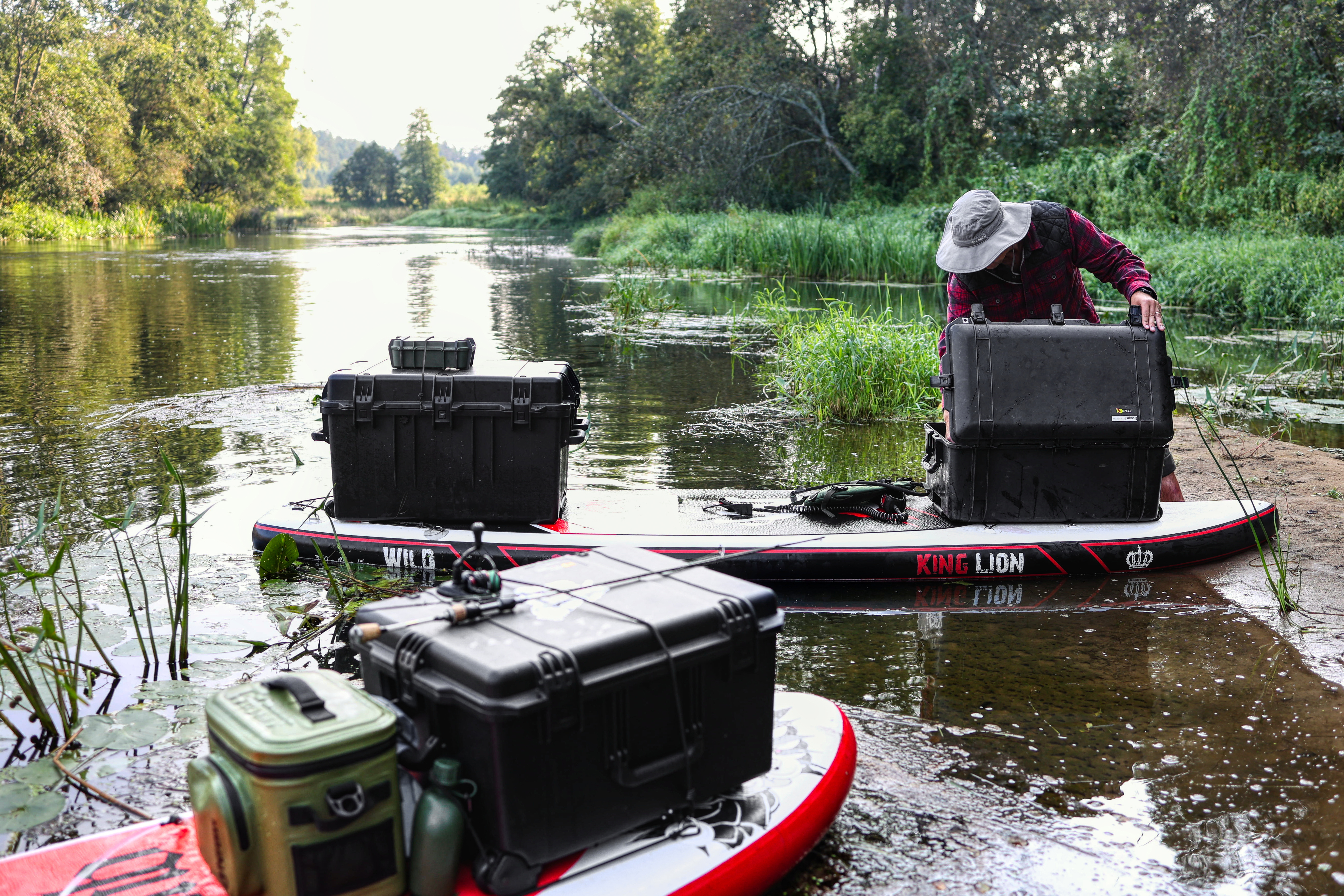
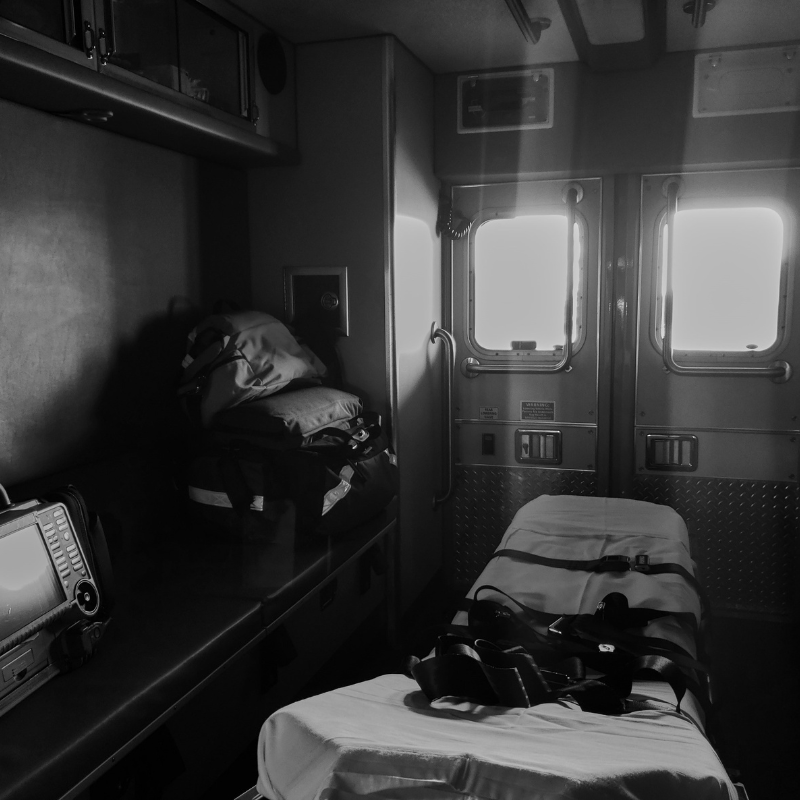
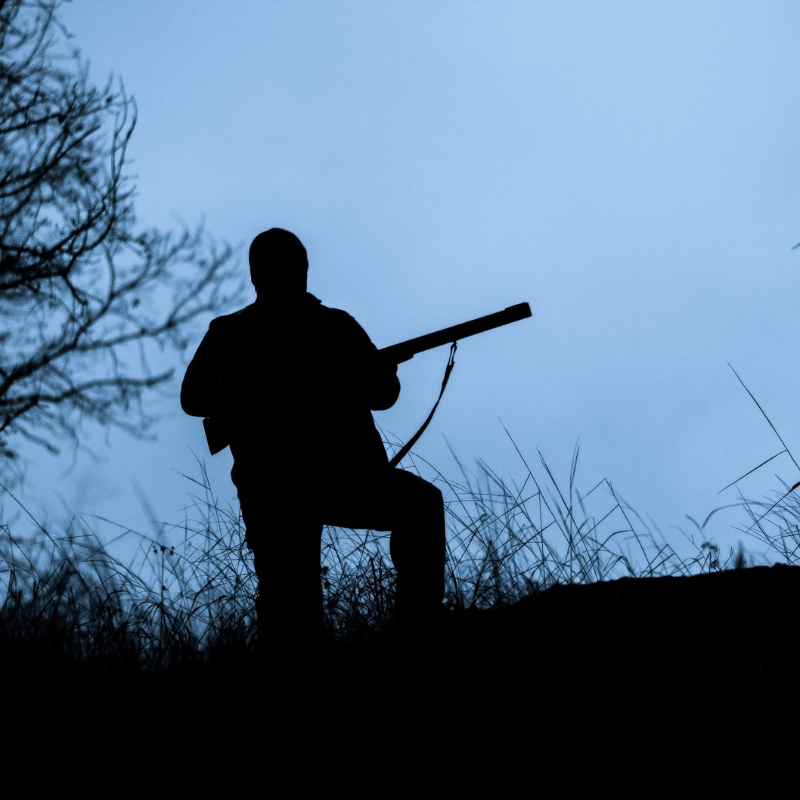


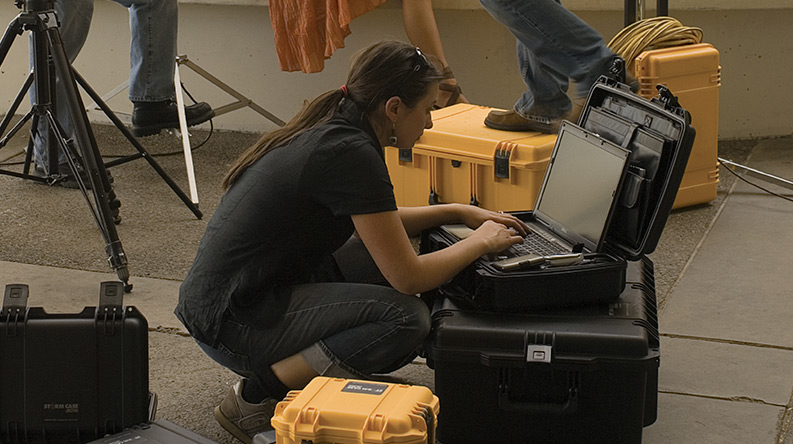
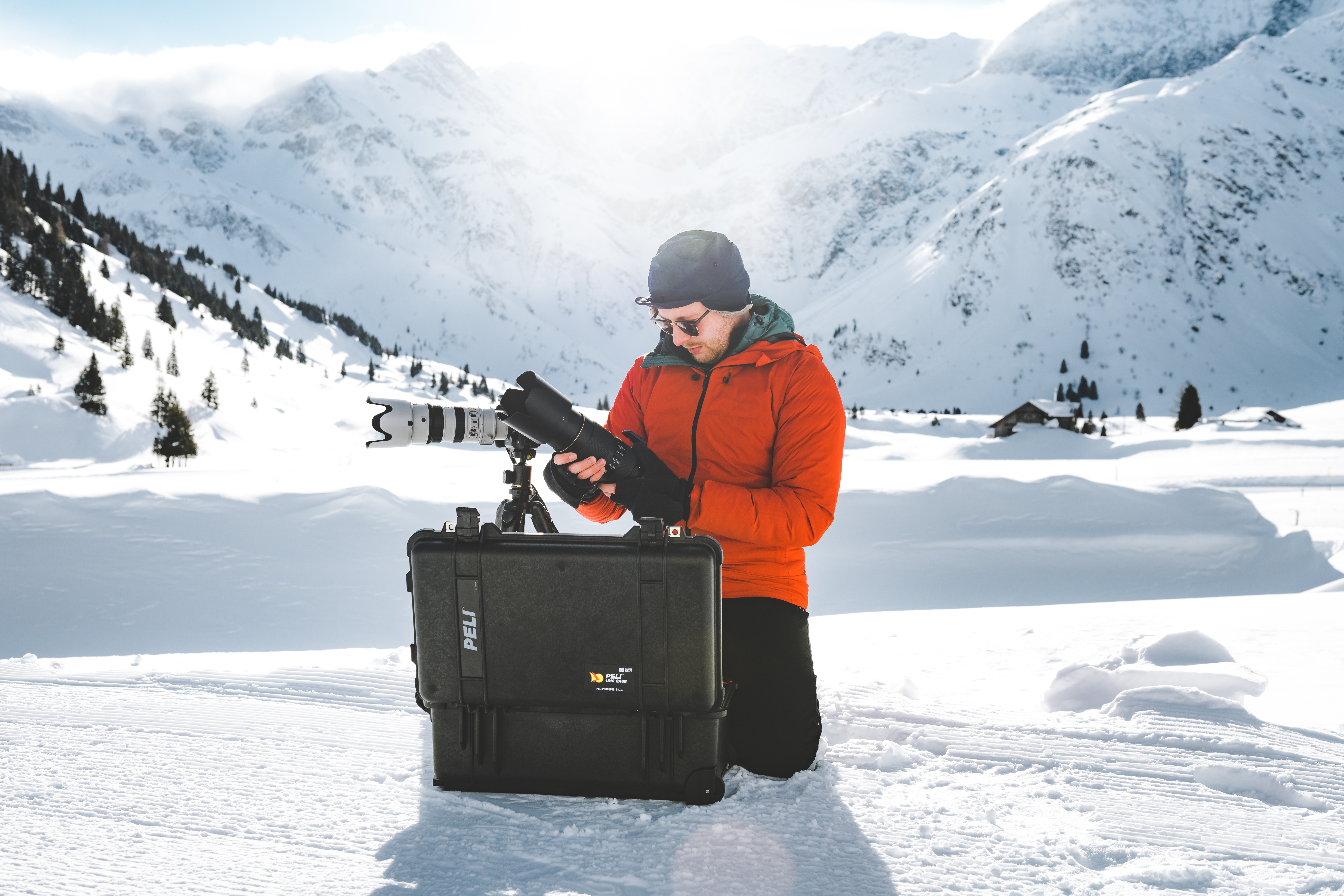
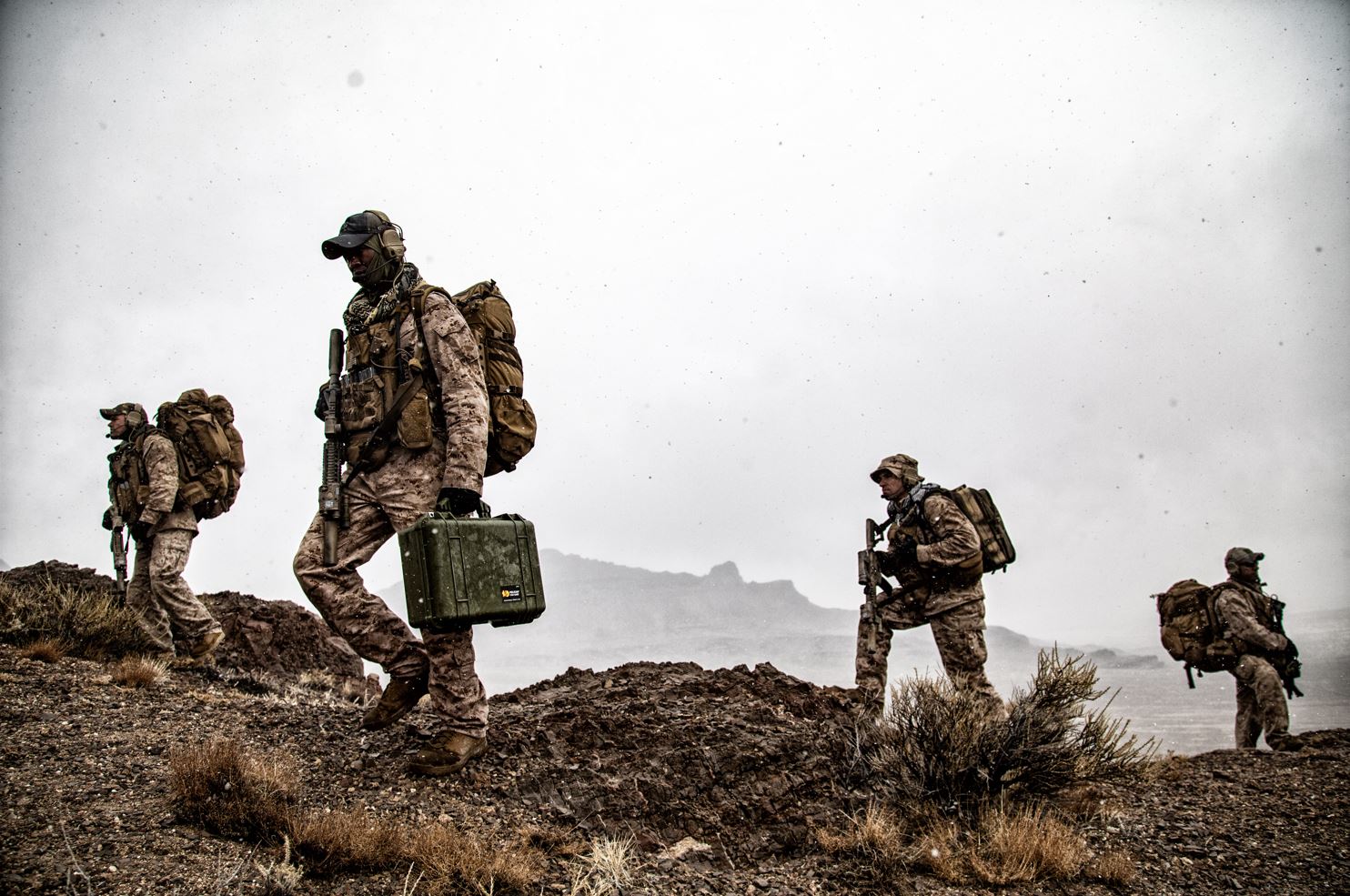
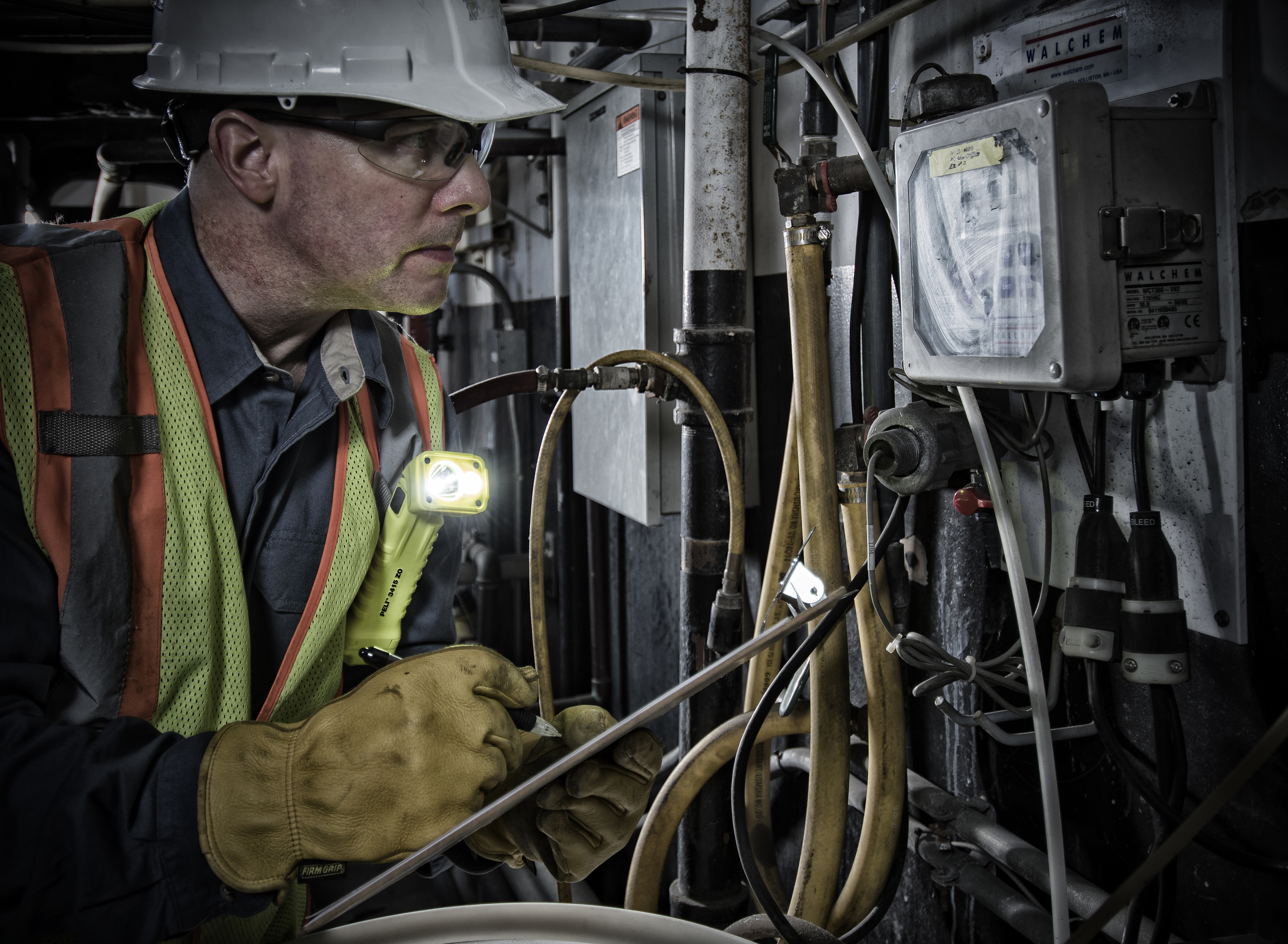
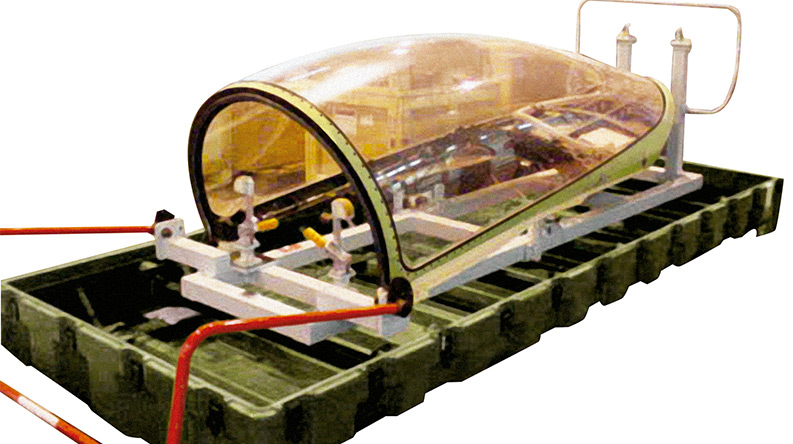
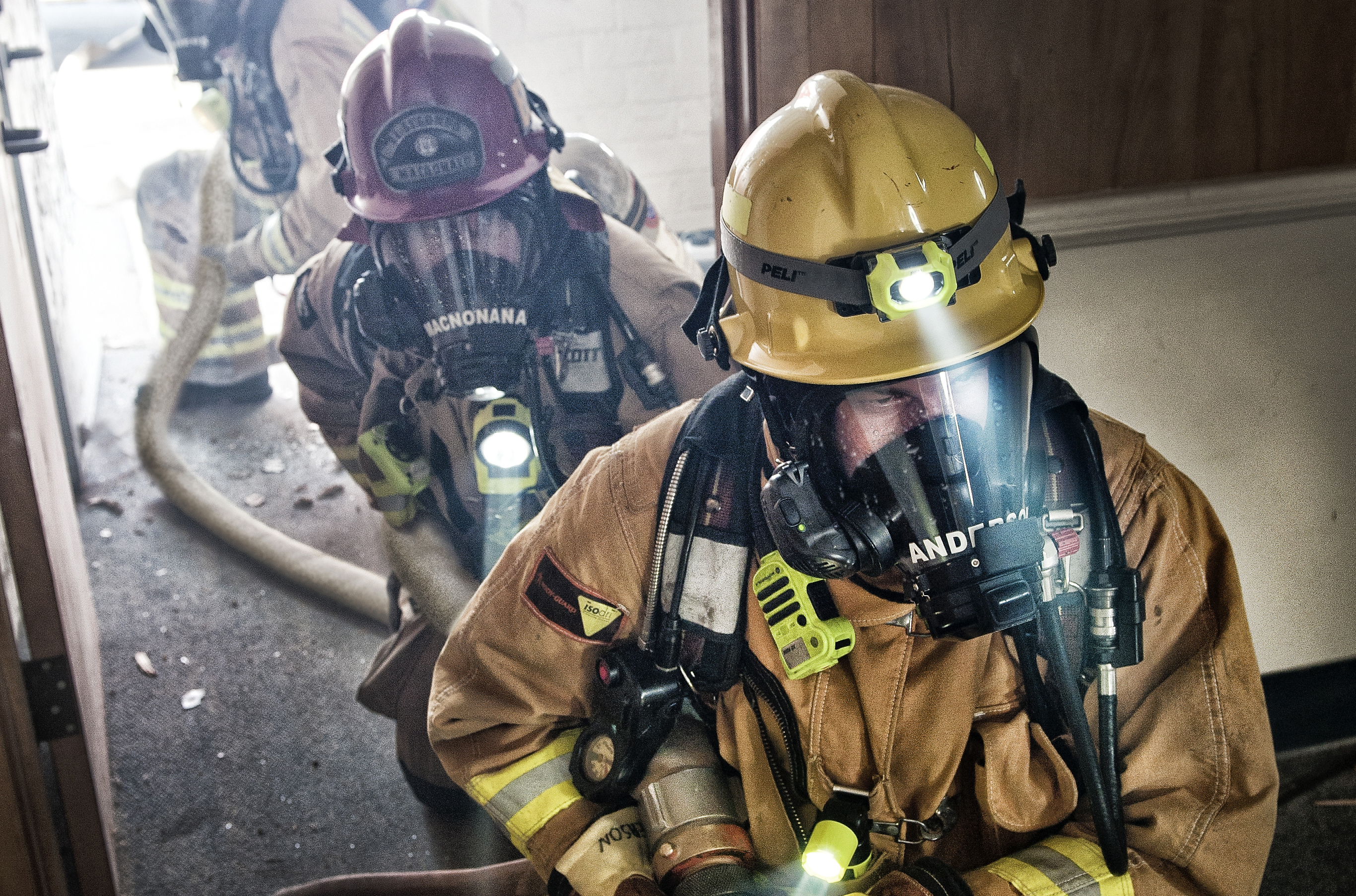
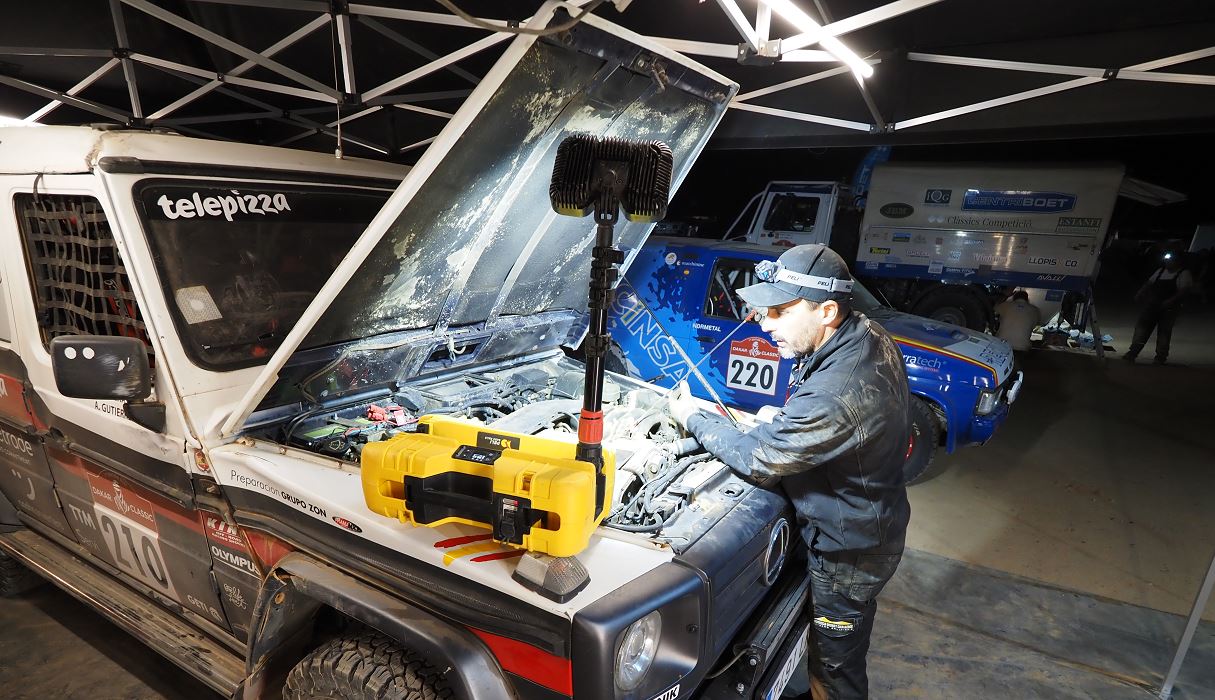
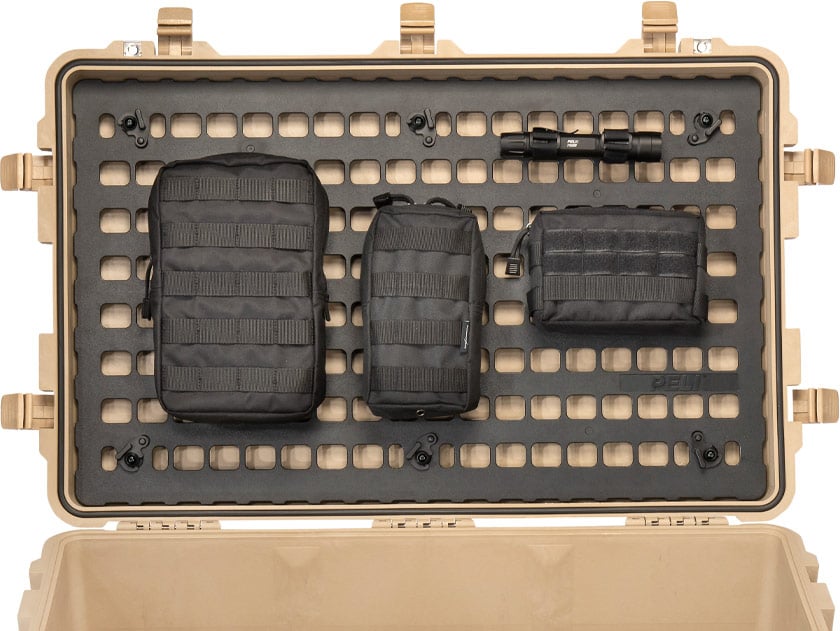

Post a comment